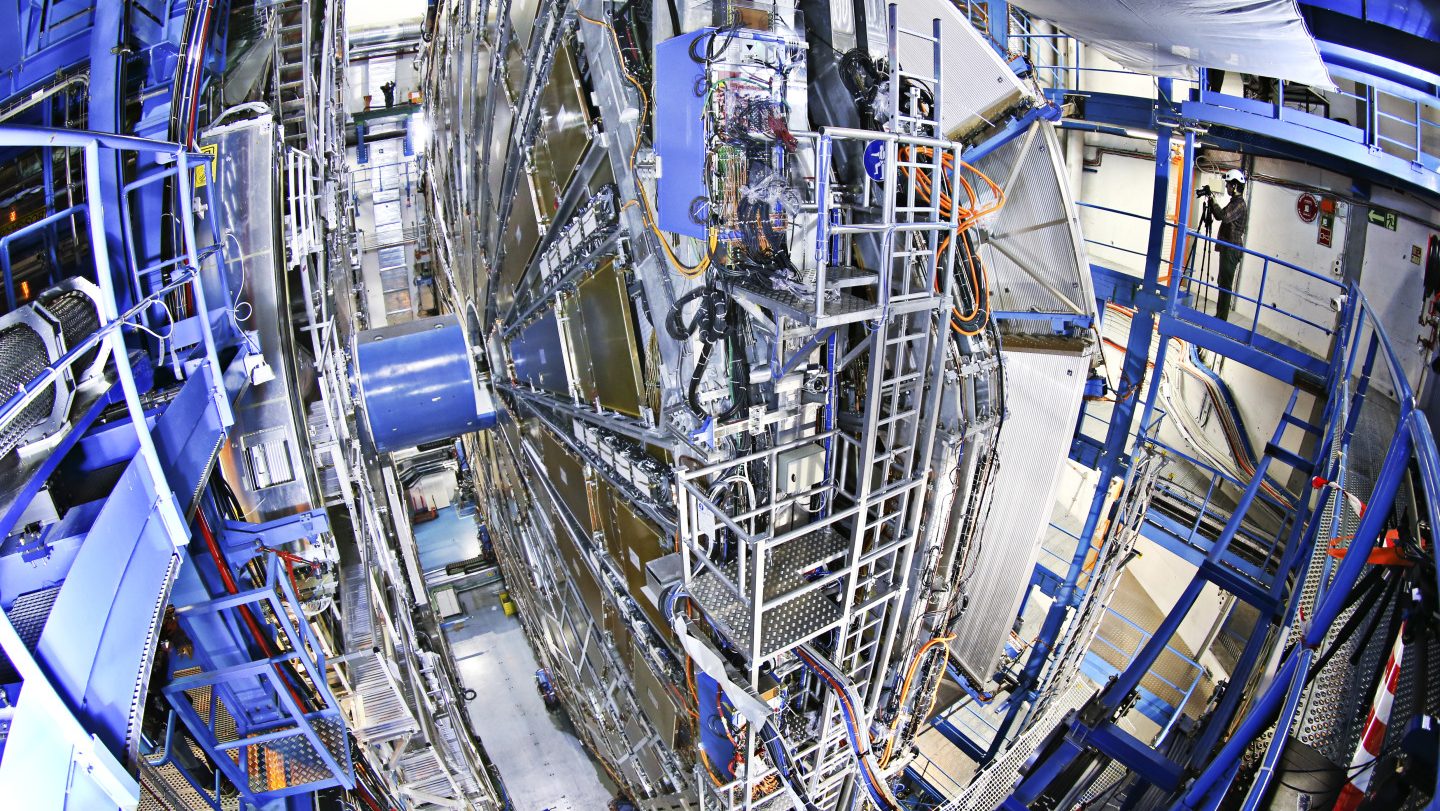We Don’t Live in Public. We Live in Technology.

When Facebook’s privacy woes hit the webosphere, people quickly fell into two camps: those who believed that we now “live in public” and should accept it, and those who were filled with distaste at the idea. The “public” for most people is actually their private world: friends, colleagues, and family; rarely does it cross a few thousand unless you’re a celebrity. Most of us believe that the big debate in privacy is whether we’re comfortable with having these few thousand people watch us. In truth, the far bigger issue is about the millions of machines that will be watching us, rapidly recording our actions and twittering information to each other. The 21st century is not about living in public: it’s about living in technology.
Understandably, it’s hard to visualize such a day given that the word ‘machines’ to most people still implies something at least the size of a washing machine. What we are referring to here is better called a “machinette” – a very small machine almost invisible to the naked eye. Some people call them sensors, but machinettes do more than just ‘sense’ information: they can take actions as well, like your laptop or mobile phone. For example, your iPhone can one day become a machinette. You wont see it or hold it in your hand, yet if you flick your fingers in the air in a certain way, a screen will appear in front of you in space. You can command the screen to dial your lover in Ljubljana either by voice command or hand gesture. This is not science fiction. The mouse and keyboard are being unceremoniously murdered to make room for voice, movement and gesture based digital interactivity. Microsoft’s new game Kinect lets players control a video soccer game by moving their bodies. You swing your legs to kick the ball and the ball moves on the screen: no remote necessary. (It works because a camera that comes with the game watches and tracks your body movements.)
Because machinettes are almost invisible, they merge undetected into our environment. Information, games and applications can be pulled up anywhere around us. Our interaction with the digital realm feels seamless once the clunky hardware that underscored technology’s “otherness” has been discarded. The new goal of digital interactivity is to create “natural” user interfaces, even though they are far from natural parts of our environment.
The question of whether machinettes and their ubiquitous presence are good or bad for society depends on how we use them. But with trillions of machinettes coming our way in just a few years, we must first recognize that they will infuse the air we breathe and that we will live in technology in the most literal sense.
Ayesha and Parag Khanna explore human-technology co-evolution and its implications for society, business and politics at The Hybrid Reality Institute.





